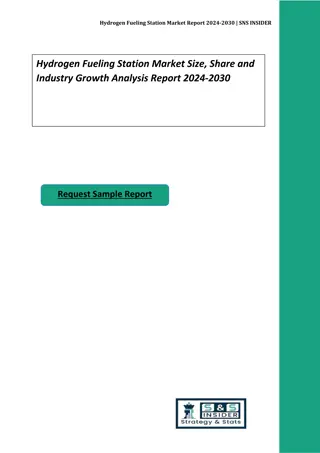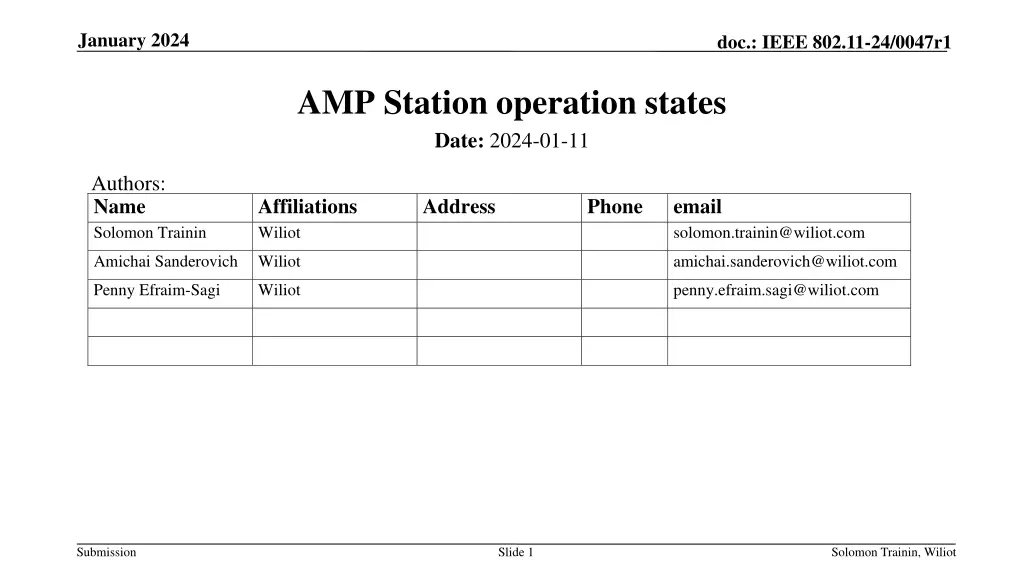
AMP Station Energy Operation States Overview
"Explore the energy operation states of an AMP station, including energy accumulation, active energy levels, and low energy functions. Learn about the energy supply, RX+TX phases, and station states based on accumulated energy levels."
Download Presentation

Please find below an Image/Link to download the presentation.
The content on the website is provided AS IS for your information and personal use only. It may not be sold, licensed, or shared on other websites without obtaining consent from the author. If you encounter any issues during the download, it is possible that the publisher has removed the file from their server.
You are allowed to download the files provided on this website for personal or commercial use, subject to the condition that they are used lawfully. All files are the property of their respective owners.
The content on the website is provided AS IS for your information and personal use only. It may not be sold, licensed, or shared on other websites without obtaining consent from the author.
E N D
Presentation Transcript
January 2024 doc.: IEEE 802.11-24/0047r1 AMP Station operation states Date: 2024-01-11 Authors: Name Solomon Trainin Affiliations Wiliot Address Phone email solomon.trainin@wiliot.com Amichai Sanderovich Wiliot amichai.sanderovich@wiliot.com Penny Efraim-Sagi Wiliot penny.efraim.sagi@wiliot.com Submission Slide 1 Solomon Trainin, Wiliot
January 2024 doc.: IEEE 802.11-24/0047r1 Abstract The operation energy states of an AMP station is presented and discussed Submission Slide 2 Solomon Trainin, Wiliot
January 2024 doc.: IEEE 802.11-24/0047r1 Example of AMP STA operation energy states Energy Supply . . . Active Low Active High Active High Active Low Ambient device state NO_ENERGY RX+ TX Ambient device Activity RX+TX High Ambient device Energy 1 2 3 4 5 6 7 8 9 10 11 Low The energy source generates supply of energy, and the AMP STA uses it to accumulate energy. The AMP STA cannot perform RX+TX until its energy becomes high (pp. 1, 2, 3). Once the AMP STA goes to high energy, it is ready for RX+TX (p. 4) RX+TX is consuming energy, and the AMP STA is at low energy level when RX+TX is completed (p.5) Even at low energy, the AMP STA can perform some functions. For example, take measurements, store information, and receive (p. 6). As long as this is possible, the AMP STA is in the ACTIVE Low state The AMP STA must accumulate energy for the next RX+TX (pp. 6, 7, 8, 9) In the absence of energy supply, the station goes into no energy state due to exhaustion of energy (p.11) Solomon Trainin, Wiliot Submission Slide 3
January 2024 doc.: IEEE 802.11-24/0047r1 Summary Depending on the accumulated energy, the AMP STA can be in three states: NO ENERGY - no action other than energy accumulation ACTIVE High energy any activity ACTIVE Low energy memory retention, sensing, receiving, and other low energy functions AMP-STA may need time for the energy supply to be ready for RX+TX (Active high energy state) AMP-STA may or may not be able to support the ACTIVE Low energy state after the RX+TX phase. This may be implementation dependent: either the STA may not support this state at all, or it may be circumstance dependent. For example, the RX+TX phase fully exhausts the accumulated energy. Submission Slide 4 Solomon Trainin, Wiliot



![[PDF⚡READ❤ONLINE] The International Space Station: Building for the Future (Spri](/thumb/21686/pdf-read-online-the-international-space-station-building-for-the-future-spri.jpg)

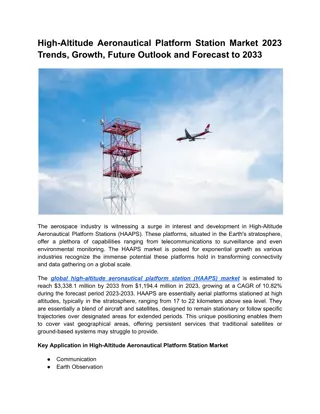
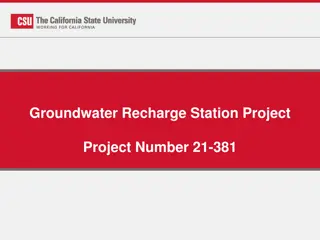





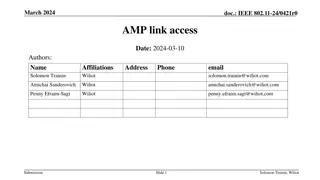

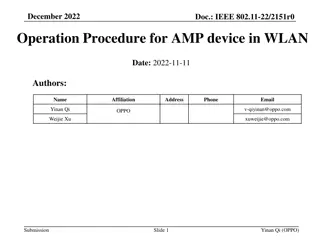


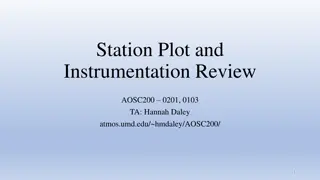


![Strategic Marketing Overview for [Your EV Station Company] - Annual Report](/thumb/236944/strategic-marketing-overview-for-your-ev-station-company-annual-report.jpg)

